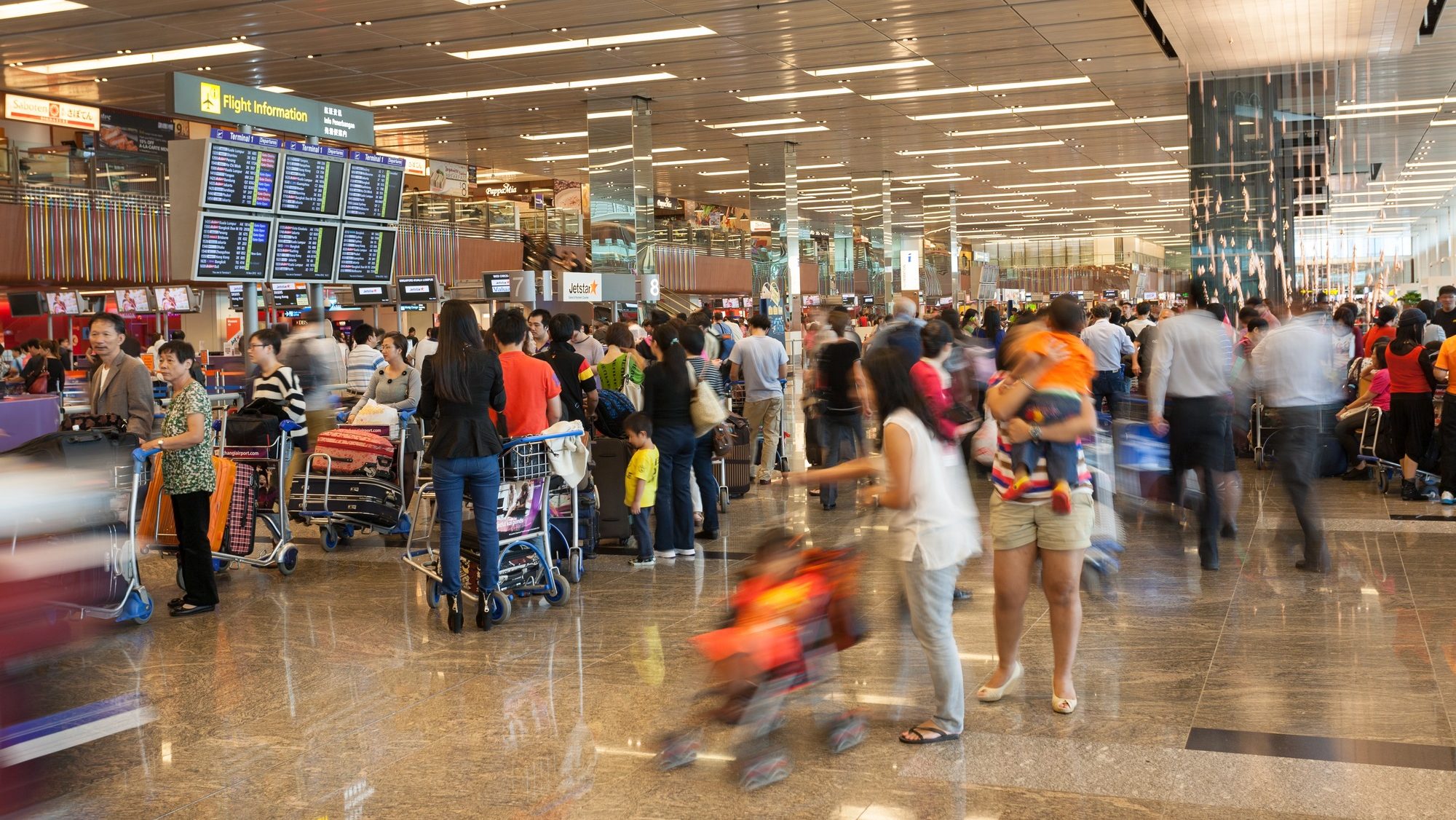SINGAPORE: Changi Airport saw a significant recovery in the first half of 2024, handling 33.01 million passengers.
This figure is 99.3% of the passenger numbers recorded during the same period in 2019 when 33.23 million passengers passed through the airport.
According to the data released by Changi Airport Group (CAG) on July 26, as reported by The Straits Times, this marks the highest number of passenger movements for the first half of any year since the COVID-19 pandemic began in 2020.
Airfreight movements at Changi also showed strong recovery, with 960,000 tonnes recorded for the first half of 2024, or 97.66% of the 983,000 tonnes moved during the same period in 2019.
The airport also saw 178,500 commercial aircraft take off and land in the first half of 2024, reaching 94.1% of the 189,700 aircraft movements recorded in 2019.
From April to June, Changi Airport handled 16.5 million passenger movements, a 13.4% increase from the same period in 2023 and 98.2% of the passenger movements recorded in 2019.
Passenger traffic in May surpassed pre-pandemic numbers by about 1.4%, with the airport handling 5.48 million passengers, slightly more than the 5.41 million in May 2019.
Aircraft movements, including landings and take-offs, reached 89,300 in the second quarter of this year. This is a 9.7% increase from the same period last year, according to CAG.
Changi’s top five markets for the second quarter were China, Indonesia, Malaysia, Australia, and India.
China saw the most significant growth among Changi’s top markets, with traffic doubling compared to the same period in 2023 and exceeding pre-pandemic levels.
It was also the airport’s top market in February, March, and June 2024, with 3.7 million passenger movements in the first half of the year, which made up 11% of the total passenger traffic.
In terms of airfreight, Changi registered 486,000 tonnes of movements for the second quarter of 2024, a 16% increase from the same period last year. The quarter’s top five air cargo markets were Australia, China, Hong Kong, India, and the US.
Lim Ching Kiat, CAG’s executive vice president for air hub and cargo development, reaffirmed that the airport aims to recover travel numbers by the end of 2024 fully.
As of July 1, 94 airlines fly over 6,900 weekly flights at Changi, linking Singapore to 158 cities in 50 countries worldwide.
When asked about Changi’s prospects for meeting its recovery goals, Shukor Yusof, founder of aviation consultancy Endau Analytics, expressed:
“All things being equal, yes, Changi could meet its targets, although there might be disruptions in the financial markets, as well as in geopolitics, that could scupper that.”
He added that Changi’s performance reflects the ongoing surge in air travel in the region.
Mayur Patel, head of Asia at aviation data consultancy OAG Aviation, noted that while there are challenges, such as capacity constraints and the perception of Singapore as an expensive destination, he remains “cautiously optimistic” about the airport’s recovery to pre-pandemic levels in 2024.
He also noted that the Formula One race in September might boost passenger traffic, similar to the increase seen during Taylor Swift’s concerts in March.
The stronger cargo and passenger traffic typically seen in the latter half of the year could also support this recovery. /TISG
Featured image by Depositphotos

